18+ Types Of Plant Fossils
Web Preservation of plant fossils Adpressions compressions impressions. Compressions Plant parts are flattened and at least some of the original plant material remains.
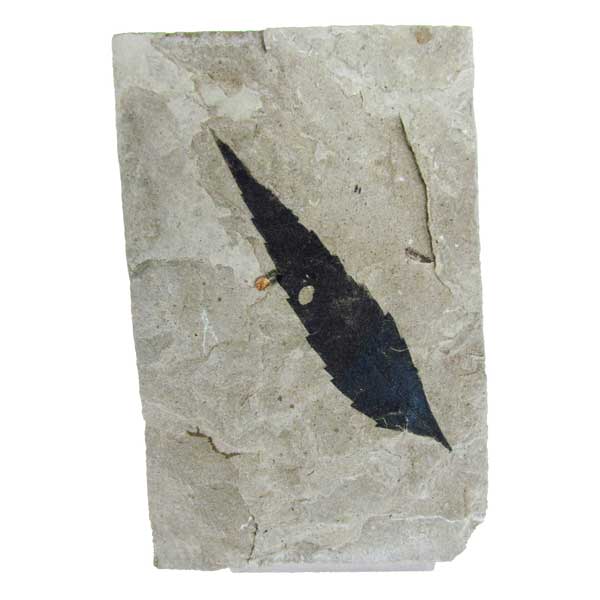
Plant Fossils
Web April 29th 2021 Fossil plants reveal information about the temperature and precipitation of past climates.

. Cast and Mold Fossils. Sequoia is abundant and other species such as spruce and fir are also present. These are the most commonly found type of plant fossil.
Web Body fossils show us what a plant or animal looked like The first type body fossils are the fossilised remains of an animal or plant like bones shells and leavesThese can be mould and cast fossils like most of the fossilised dinosaur skeletons and big bones we see replacement fossils like petrified wood or whole body fossils - mammoths caught in. Clair fossil beds of Pennsylvania. Soft body parts decay soon after death but the hard parts such as bones shells and teeth can.
Web Nearly 150 species of fossil plants exclusive of fossil pollen specimens from Yellowstone have been described including ferns horsetail rushes conifers and deciduous plants such as sycamores walnuts oaks chestnuts maples and hickories. Web Some Types of Plant Fossils. Fossils also include any preserved trace of life that is typically more than 10 000 years old.
Web Selected text level. Americans are still far more likely to say they favor more solar power 82 and wind power 75 than nuclear power. For this Find-A-Feature challenge we challenge you to look around you for examples of fossils.
Some fossils are biochemical and are called chemofossils or. It includes the study of fossils to classify. Web Fossils are the remains of ancient plant and animal life.
Examples of spore-bearing plants are mosses true ferns horsetail rushes and club mosses. These plant fossils are two-dimensional imprints of plants that have been transformed during the. Those that reproduce by microscopic spores and those that reproduce by seeds.
The complex of data recorded in fossils worldwideknown as the fossil record is the primary source of information about the history of life on Earth. Web Fossil evidence suggests that the plants probably grew in diverse habitats and came in different forms. Which Are the Fossil Plants.
Seed-bearing plants are most abundant in Kentucky today. Petrified wood is formed when plant material is replaced by minerals over time resulting in the preservation of the plants cellular structure. Web paleontology also spelled palaeontology scientific study of life of the geologic past that involves the analysis of plant and animal fossils including those of microscopic size preserved in rocks.
Web A paleontologist at work at John Day Fossil Beds National Monument. Leaves are often preserved as compressions. Web There are two main types of plants.
Four major types of plant fossils are. All three energy sources emit no carbon. These types of fossil are called trace fossils or ichnofossils as opposed to body fossils.
Learn about the different types of plant fossils how they form and what scientists can learn from them. Impressions or molds Plant parts are flattened but all of the original plant material has decayed away. Mold and cast.
These provide fine detail of the cell anatomy of. Web During plant macrofossil analysis animal remains are frequently found especially in lake sediments eg chironomids Cladocera ephippia Bryozoa Oribatida Trichoptera and fish. Web Plants fossil ferns wood roots etc Plants can be divided into two main groups.
THE BOTANIC GARDEN OF SMITH C OLLE G E. Here are some common types of plant fossils. FossilPecopteris fronds PHOTO BY PAMELA DODS.
Dinosaur fossils found in Alberta Canada. Non-vascular plants by contrast have no xylem or phloem and cannot regulate their water content. Web Fossils are the preserved remains of plants and animals whose bodies were buried in sediments such as sand and mud under ancient seas lakes and rivers.
Web fossil remnant impression or trace of an animal or plant of a past geologic age that has been preserved in Earths crust. Scientists use what they learn from fossil plants to inform their research on. These ranged from short shrubs to trees as tall as a five-story building.
Web Fossils may also consist of the marks left behind by the organism while it was alive such as animal tracks or feces. Web Types of Plant Fossils Compression Fossils. Web There are several types of plant fossils that can be classified based on their preservation and composition.
Fossils give us clues about past environments and what was living at that time. Web The most common ways in which plant fossils are preserved are. Advocates for nuclear power argue it.
SPECIMEN FROM THE BENESKI MUSEUM AMHERST COLLEGE. Web Plant fossils include compressions impressions petrified fossils casts and molds. Quaternary plant macrofossils are seldom true fossils where the organic material is replaced by inorganic minerals.
Petrifactions permineralisations or anatomically preserved fossils. Paleontology is the study of the history of life on Earth as based on fossils. Web More in Paleontology See the following examples of fossil specimens - plants dinosaur teeth and eggs - along with clues to identifying them.
Web A majority of Americans 57 say they favor more nuclear power plants to generate electricity in the country up from 43 who said this in 2020. Fossils are the remains of prehistoric life especially those preserved in rock before the end of the last ice age. A household making 980000 from certain fossil fuel industries for example would be considered a super-emitter according.
Impression fossils are similar to compression fossils in that they are both two-dimensional but. Web Extensive illustrations of plant fossils and living plants enable the reader to think of fossils as once-living organisms rather than parts of dead plants Set-aside boxes describing the key characteristics of major groups of plant fossils. Fossils are the remains of plants animals fungi bacteria and single- celled living things that have been replaced by rock material or impressions of organisms preserved in rock.
Web John Amos Power coal-fired power plant in Winfield West Virginia. Paleontology ˌ p eɪ l i ɒ n ˈ t ɒ l ə dʒ i ˌ p æ l i--ən- also spelled palaeontology or palæontology is the scientific study of life that existed prior to and sometimes including the start of the Holocene epoch roughly 11700 years before present. Web Fossil remains of vascular plants provide evidence for evolutionary changes in the structure of the plant body sporophyte and gametophyte in the variety of plant forms in the complexity of the life history in the tolerance for ecological conditions and.
Vascular plants use a system of tissues called xylem and phloem to transport water and nutrients throughout the plant. The large black slab shows late-Middle to Late Pennsylvanian 308 to 300 million years old plants from the famous St. Much of what we know about the form and structure of extinct plant species comes from fossils.
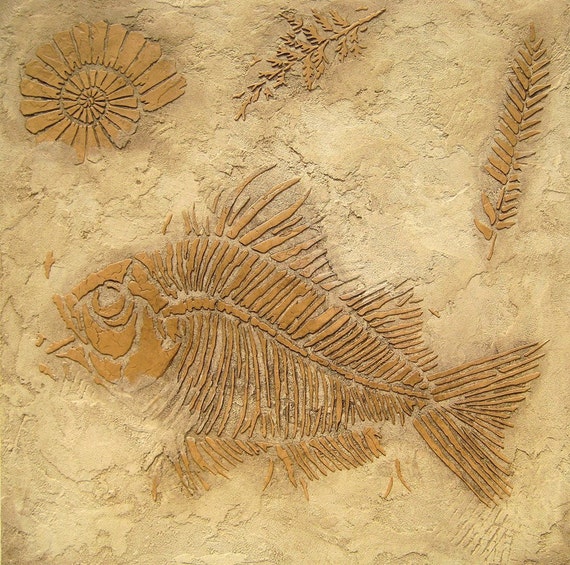
Prehistoric Fossil Stencil Kit For Walls Backsplashes And Art Etsy Uk
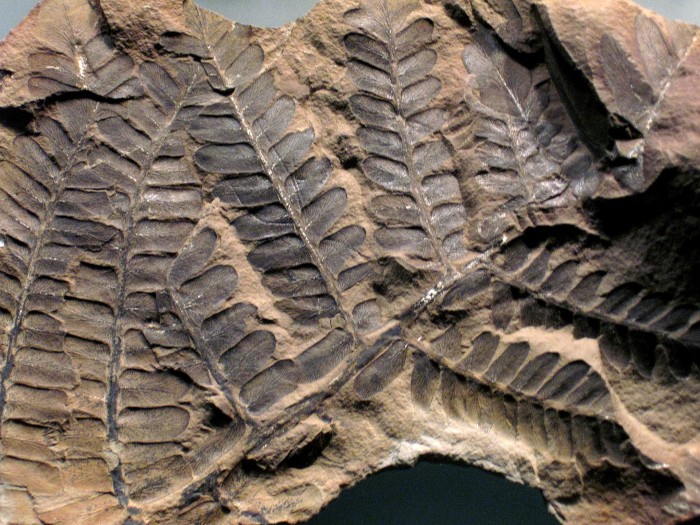
Plant Fossils A Peek Into Earth S Past Wildlife Sos

Plant Fossils For Sale
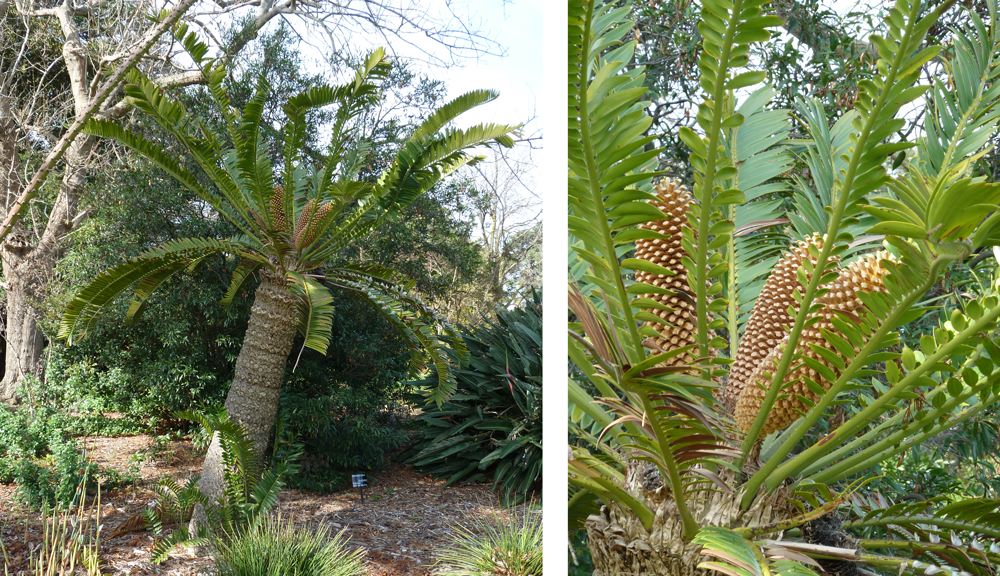
Living Fossils Plants Digital Atlas Of Ancient Life
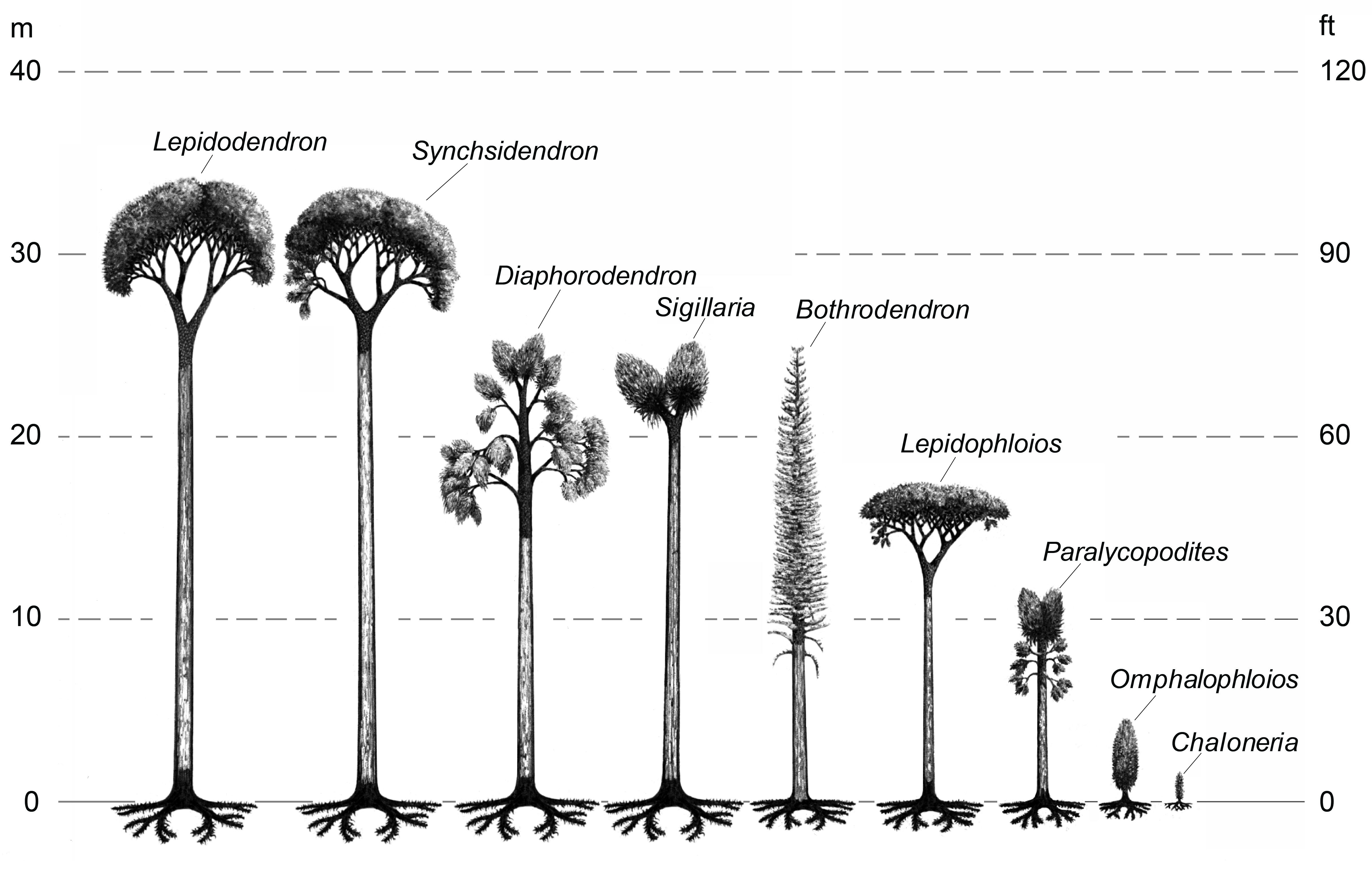
Upright Standing Fossil Tree Stumps Fossils Kentucky Geological Survey University Of Kentucky

Impressions Fossil Plants Fossil Hunters
Plant Fossils
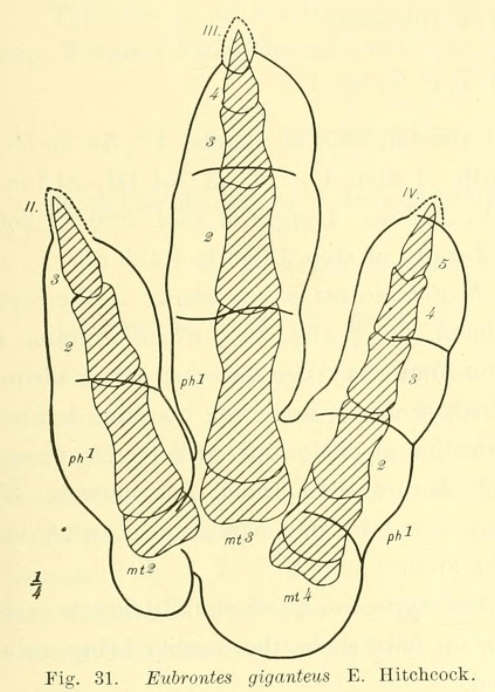
Fossil Finds From Massachusetts Boston Public Library

Plant Fossils For Sale
Plant Fossils For Sale Fossil Plants

Types Of Plant Fossils Al Ardh Alkhadra
Plant Fossils
Types Of Plant Fossils Sciencing
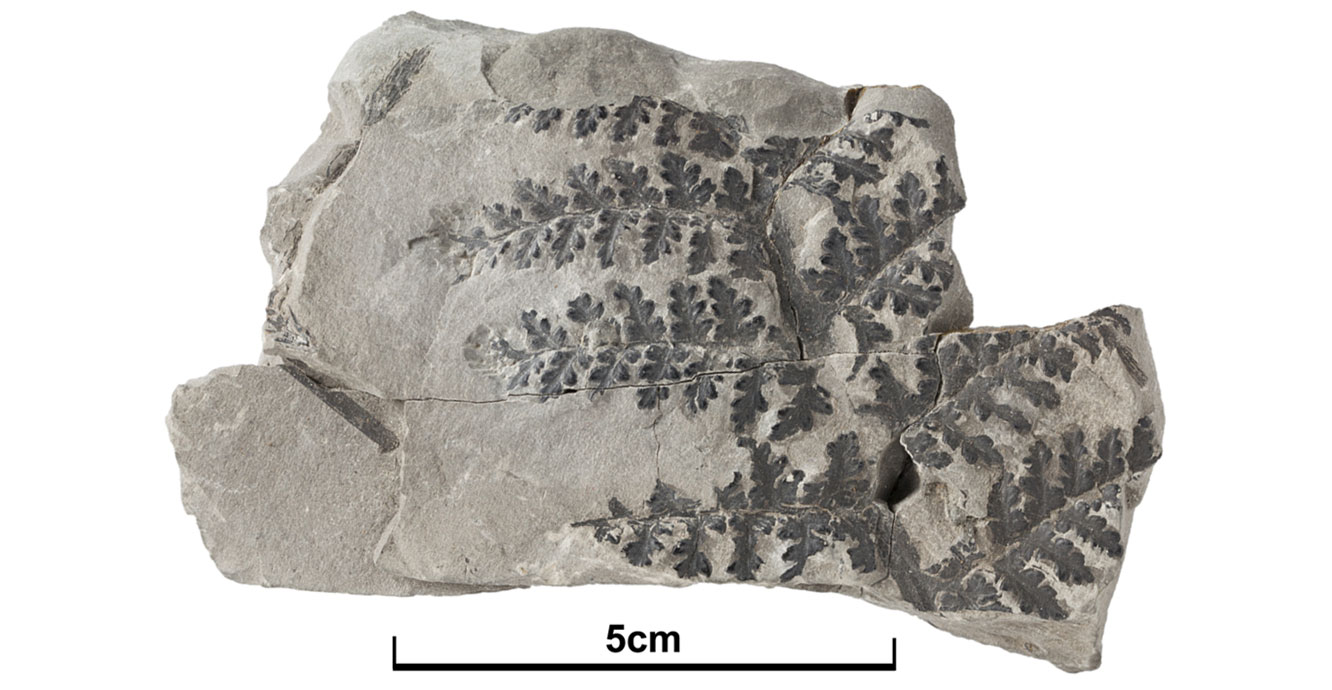
Plants British Geological Survey
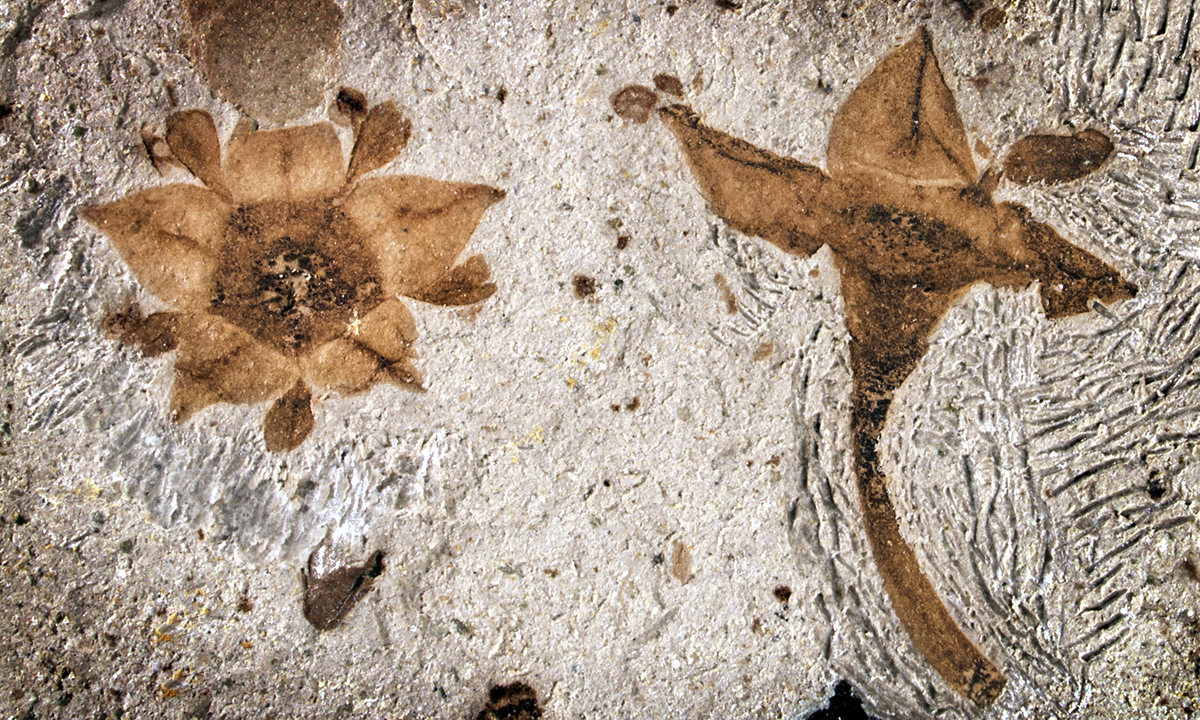
Oldest Buckthorn Fossilized Flowers Found In Argentina Cornell Chronicle

A New Fossil Assemblage Shows That Large Angiosperm Trees Grew In North America By The Turonian Late Cretaceous Science Advances
Fossil Record Of The Plantae